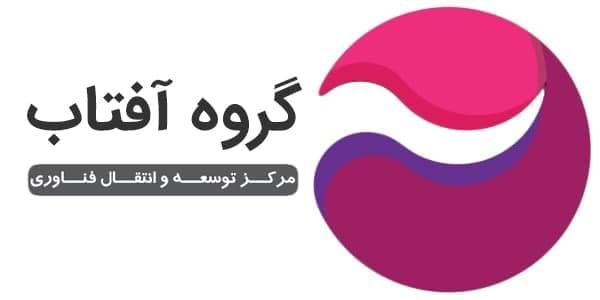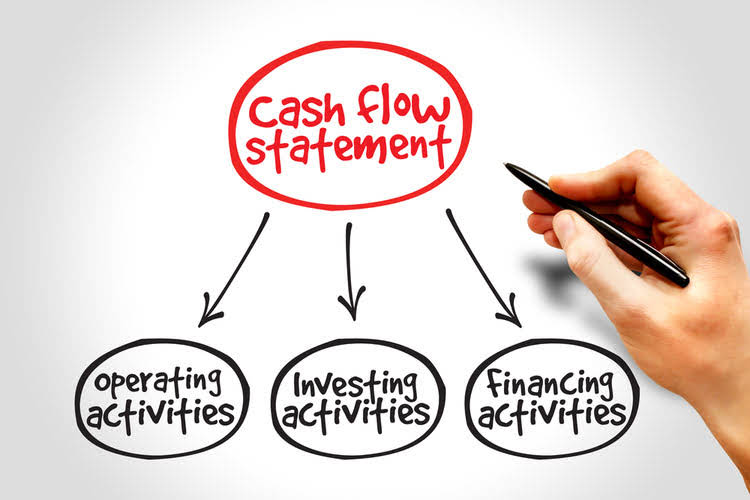In this example, your operating cycle is approximately 128 days, which means it takes 128 days for your investments to return as cash. Understanding and monitoring your operating cycle can help you identify areas for improvement, optimize cash flow, and make informed financial decisions. This is computed by dividing 365 with the quotient of credit sales and average accounts receivable or receivable return.
Components Involved:
Remember, however, that an operating cycle can be influenced by a variety of factors including industry norms, market conditions, and business practices. It might seem like an academic exercise, but understanding the operating cycle holds genuine value for any business. The second is the ‘Accounts Receivable Period,’ which is how long it takes for a business to collect its dues following a credit sale. The first one is the ‘Inventory Period,’ which is the time taken to sell the inventory. Having less account receivables can also better many other ratios for the business, which are important for investors who may want to provide money for funds.
- The individual components of the formula represent different aspects of a business’s operations.
- To reduce your DSO, focus on efficient accounts receivable practices, including clear credit policies, prompt invoicing, automated reminders, regular reconciliation, and offering early payment incentives.
- Tracking your company’s operating cycle throughout the year is often the best way to gauge how your business is performing and whether it is headed towards growth.
- It is crucial to assess the formula in the context of the industry and company-specific factors.
- However, this may not always hold true in practice as there can be seasonal fluctuations, changes in customer behavior, or disruptions in the supply chain.
- Effective integration between accounting and inventory management software ensures seamless data flow and allows you to make informed decisions to optimize your operating cycle.
Sign up for latest finance stories
- An effective way to shorten your operating cycle is to calculate the number of working days required to sell off the inventory.
- Days inventories outstanding equals the average number of days in which a company sells its inventory.
- The first component of an operating cycle involves the purchase of raw materials or inventory needed to produce goods or deliver services.
- He has worked as an accountant and consultant for more than 25 years and has built financial models for all types of industries.
- These case studies underscore the importance of effectively managing the operating cycle in different industries.
By closely monitoring its operating cycle, the company can identify bottlenecks in the production process. This could be due to delays in sourcing raw materials or inefficient manufacturing processes. By addressing these issues, the company can streamline its operations, operating cycle formula reduce lead times, and improve overall efficiency. Where DIO and DSO stand for days inventories outstanding and days sales outstanding, respectively. Days inventories outstanding equals the average number of days in which a company sells its inventory.
Get in Touch With a Financial Advisor
Upon extending the 2017 hard-coded assumptions and step function into the rest of the years, we can calculate the historical CCC for 2018 to 2020. If CCC is trending downward relative to previous periods, that would be a positive sign, whereas CCC trending upward points towards potential inefficiencies in the business model. Do a careful analysis of business expenses and reduce all unnecessary expenses. It will help you save more money that you can then use for investing in your business. Don’t use your working capital to invest in fixed assets such as equipment, land, vehicles, and machines. These are expensive capital assets and if you use working capital to pay for them, there will be a decrease in funds and an increase in the risk of running your business smoothly.
Submit Your Info Below and Someone Will Get Back to You Shortly.
The accounts receivable collection period represents the average number of days it takes for a business to collect cash from its customers. This period includes activities such as issuing invoices, monitoring payment due dates, and following up on overdue payments. By reducing the accounts receivable collection period, businesses can accelerate cash inflows and improve liquidity. The operating cycle in working capital is an indicator of the efficiency in the management. The longer the cash cycle of a company, the larger the working capital requirement. Hence, based on the duration of the Cash cycle, the working capital requirement is estimated by firms and financed by commercial banks.
What can be done to make a company’s operating cycle more efficient?
An operating cycle is one more valuable tool in the toolkit of financial analysis that helps businesses make wiser, more informed decisions. Once businesses master this, they can better navigate the financial seas – a victory for all stakeholders. On the other hand, a longer operating cycle might hint at potential issues that require attention. Perhaps the company has surplus inventory or is not effective in collecting payments from its customers.
Inventory management is a crucial component of your operating cycle, as it directly impacts how efficiently you can turn your investments in goods and materials into cash. By carefully controlling your inventory, you can reduce carrying costs, minimize the risk of obsolescence, and ensure that you have the right products available to meet customer demand. For example, an efficient sales force can increase the company’s market share and reduce the time it takes to acquire new customers.








